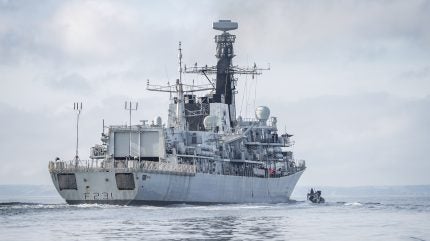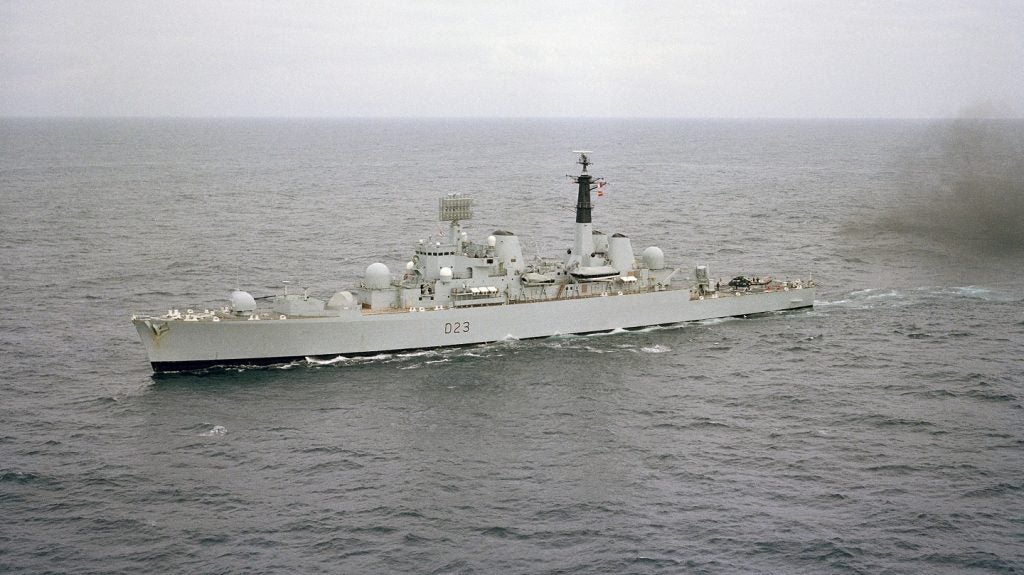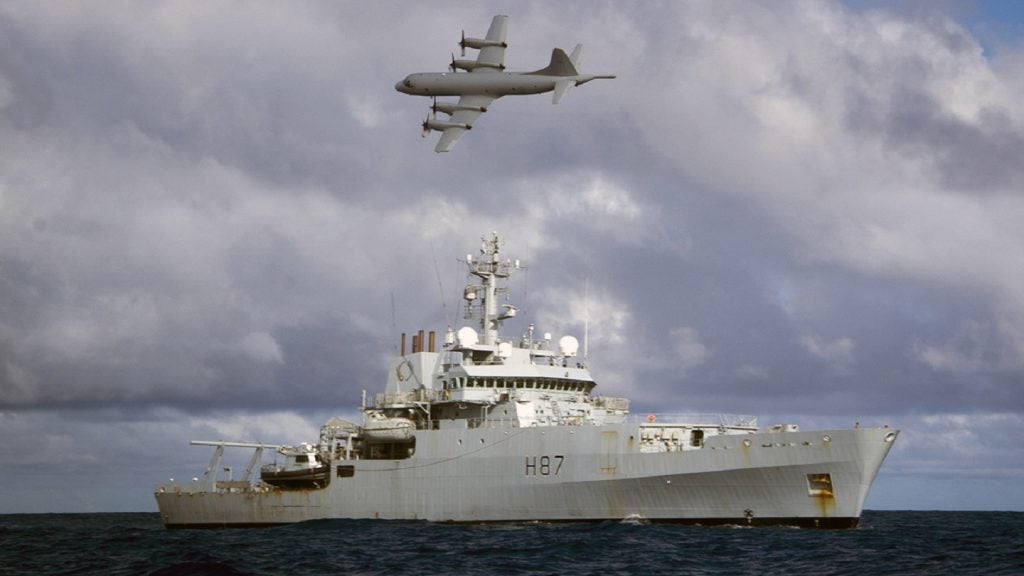
In what could provide an unexpected reprieve for recently axed UK warships, the UK Ministry of Defence (MoD) has issued a request for information (RfI) for a replacement to the legacy Type 82 destroyer HMS Bristol, which up until 2020 served as a Harbour Training Ship (HTS) at HMNB Portsmouth.
The HTS functions as a key resource for Royal Navy cadets and youth groups, providing what the UK MoD calls a ‘Warship Experience’, according to the RfI documentation published by Navy Command.
Additionally, the HTS provided a training facility for a range of other RN and MoD users “which has now fallen by the wayside”, the RfI noted.

The loss of HMS Bristol, which was increasing difficult to maintain in a condition suitable for cadet, youth, and wider training purposes, is yet to be replaced, more than four years after its was withdrawn from the HTS role.
Reports in June 2024 said that HMS Bristol was towed from its mooring at HMNB Portsmouth in preparation for scrapping.
New training ship by 2027 “may be ambitious”
According to the RfI, historically an HTS could provide approximately 30,000 bed nights and 500 Royal Navy cadet and youth courses per annum. The loss of the ability to provide cadets with warship-based residential accommodation was “significant”, the MoD stated, which has “reduced the quality of realism of the… experience which the RN is expected to deliver”.
To this end, Navy Command requires a UK-based ‘Warship Experience’ and residential capability “in close proximity to water-borne activities”, which should be accessible from their home training locations or during residential camps.
The proposed afloat activities that the HTS is expected to provide include an “interactive experience”, incorporating a series of onboard physical challenges, scenario simulators, virtual reality activities, and traditional instructional activities, the RfI noted.
Being procured under Project Powerful, UK Navy Command is seeking return an HTS capability to cadet, youth, and wider training by April 2027, but stating that this timeline “may be ambitious”.
Depending on location, the new HTS would need to interoperate with shoreside utilities, berthing infrastructure, and shore-based catering, as well as existing naval sporting, recreational, boat, and training facilities if available.
Key constraints identified include the availability of sufficient depth of water and space in the potential locations at which to moor a former warship, and the need to offer a mix of gender-neutral accommodation, with an aspiration for 200-300 beds per night, utiliising “one or more HTS”.
An axed fleet: exploring the options
According to the MoD RfI, the Royal Navy has explored the potential to convert two former warships into the HTS role, these being the former hydrographic survey vessel HMS Echo, and HMS Ramsey, a former Sandown-class mine countermeasure vessel (MCMV) currently languishing as a STOROB unit after being decommissioned in 2021.
When assigned as STOROB, or stories robbery, status, the warship is effectively stripped of parts as and when needed to sustain vessels of the same class that are still operational.
It was thought that HMS Ramsey had been sold to the Romanian Navy, but its current STOROB status could cast this into doubt as parts and components are pulled out to sustain still serving Sandown-class MCMVs.
In either case, HMS Ramsey, which has a glass reinforced plastic hull, was not expected to be suitable for regeneration as the HTS vessel, the RfI noted. Meanwhile, HMS Echo is currently berthed in a non-tidal berth waiting disposal, subjected to being utilised as an HTS option.
The use of HMS Echo could offer a reasonable replacement to HMS Bristol, with a comparable beam (16.8m vs 17m respectively), although is considerably shorter (90.6m vs 155m respectively).

Another option could be either of the two recently axed Type 23 frigates HMS Argyll or HMS Westminster, which were announced to be sold to BAE Systems for use as an apprentice training vessel in the case of Argyll, while Westminster was to be scrapped. It was long thought likely that Westminster was suffering as being in poor materiel condition and was last operational 2022.
HMS Argyll, despite being the oldest serving Type 23 at the time of its departure from Royal Navy service, was also active as recently as 2022, the same year that it began a long-planned life-extension programme to keep it in service through to the latter 2020s.
The potential sale of HMS Argyll to BAE Systems is still ongoing, while, despite having been removed from operational service, the disposal method of HMS Westminster has not been finalised.
Utilising a Type 23 frigate as a new HTS would provide a platform of more comparable size to HMS Bristol, being 133 metres (m) long, featuring a breadth of 16.1m, and able to accommodate more than 200 navy personnel.




